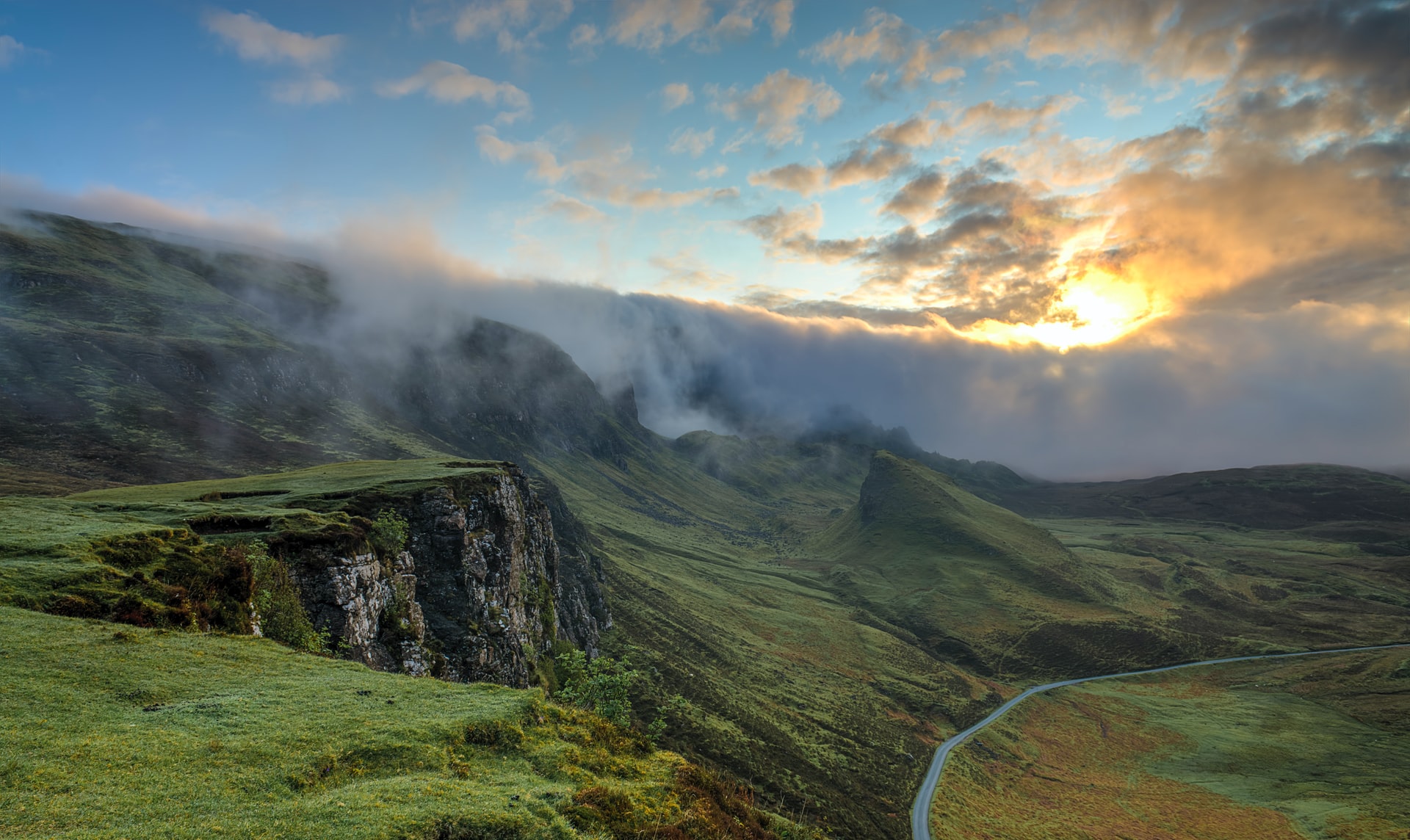In his daily life, man is constantly faced with different phenomena of nature – animate and inanimate. Inanimate nature are objects that differ in their functional features from the biological cycle of living organisms, which are divided into classes. Years go by, all living things on the planet undergo irreversible changes. Some organisms are born, others die, constantly replacing each other. The life of a living organism does not last long, and when it dies it becomes part of non-living nature forever.
What is nonliving nature
Inanimate, or second nature, are components of primary importance which, having arisen once, are constantly functioning, capable of little change, and characterized by the absence of a running physiological cycle. The significance of the work of nonliving bodies is great. Thanks to them the entire living system on Earth exists and functions.

Signs
All non-living environment has pronounced features that distinguish it from the biosphere. They include:
- small variability;
- relatively stable state;
- no need to breathe and take food;
- inability to reproduce (once emerged, then constantly functioning);
- instead of death, changes in natural conditions lead to destruction, transformation or form transition to another state;
- inert state (inability to move);
- lack of physiological development and growth.
In the normal functioning of all non-living things, ecological features and interrelationships between components of the second nature play an important role. For example, too strong rays of the sun can dry out a small stream or melt an iceberg, resulting in the transition of natural components to another state.

